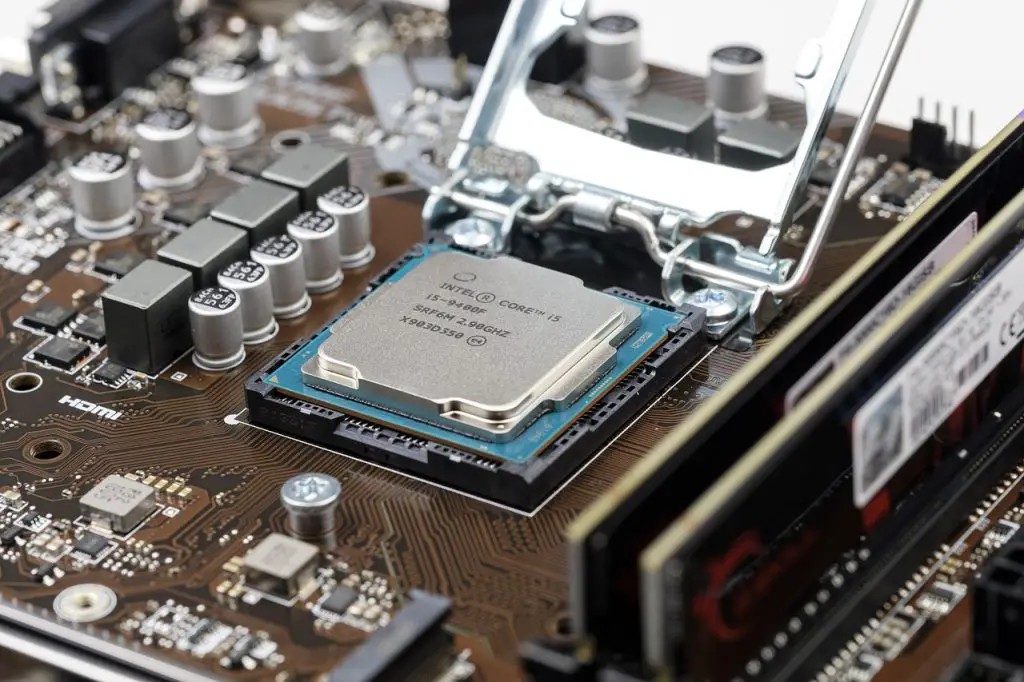
The Chosun has obtained reports indicating that Intel has signed a substantial chip foundry agreement with Microsoft, leveraging its cutting-edge Intel 18A process node. Simultaneously, Intel is reportedly in discussions with Google, which may culminate in a similar collaboration. NVIDIA, too, appears to be planning negotiations with Intel regarding potential foundry partnerships.
Should these agreements come to fruition, they would mark a major achievement under the leadership of Intel’s new CEO, Pat Gelsinger, and would further position Intel as a formidable contender in the advanced semiconductor manufacturing race—challenging the likes of TSMC and Samsung.
Amid current U.S. tariff policies and technology export restrictions, Intel has amassed substantial domestic manufacturing capabilities. The company is constructing two new advanced fabrication facilities in Arizona, expanding its advanced packaging operations in New Mexico, and planning new logic and foundry fabs in Oregon and Ohio. These initiatives clearly position Intel as an increasingly attractive partner for growing global foundry demands.
Beyond its U.S. expansions, Intel has commenced mass production of Intel 4 process node products at its Irish facility and is preparing to begin 3nm chip production. In Israel, Intel aims to fabricate high-performance chips using extreme ultraviolet (EUV) lithography, while in Penang, Malaysia, it has established a state-of-the-art packaging plant to attract more international partners seeking advanced foundry services.
Many industry observers believe Intel’s board appointed Pat Gelsinger with the express goal of accelerating growth in the company’s foundry business. Whether Intel can reclaim its historical dominance in the semiconductor sector remains to be seen, but the coming months will be pivotal.
At the recent Intel Foundry Direct Connect event in San Jose, California, the company revealed ongoing negotiations with key clients regarding its 14A process node. Intel also confirmed that its 18A node has entered the risk production phase, with mass production anticipated later this year. Furthermore, the company unveiled derivative variants—18A-P and the newly introduced 18A-PT—aimed at expanding its technological leadership in chip manufacturing.


